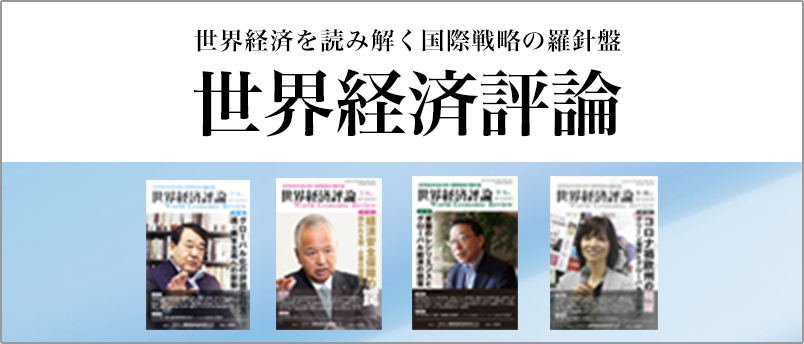2022/02/14 No.91“The prospects of the Mekong region as a China-plus-one”
Jirada Prasartpornsirichoke, Ph.D.
‘China-plus-one’ is an aspect of the investment strategy in which international companies, particularly Japanese companies in the manufacturing sector, invest or operate the business in China with the objective of lowering production dependency on China.
In 2021, the Thai economy is expected to grow at a rate of 0.9 percent per year, gradually recovering from a 6.1 percent decline in 2020. Investment and goods export were the main drivers of the Thai economy in 2021. Under the Omicron-outbreak scenario, the Thai economy is expected to grow by 3.4 percent annually by 2022. The Omicron-outbreak and increasing in Headline inflation temporarily harmed the confidence of businesses and households in the first half of 2022. Thailand suspended the Test and Go measure in the first quarter of 2022 in order to control the spread of the Omicron- outbreak. Furthermore, international trade continues to be an economic driver this year.
The Greater Mekong Subregion (GMS) member countries are good fits for the ‘China-plus-one’ strategy for several reasons, including proximity to China, the presence of a Free Trade Agreement (FTA), and low labor costs.
Thailand, on the other hand, has the competitive advantage of being a “China plus one” candidate in terms of ease of doing business, has the lowest export costs in the Subregion, and has excellent inland transportation, logistics, and facilities. In terms of labor shortages and higher minimum wages, Thailand, however, is at a disadvantage compared to other countries in the Subregion. Thailand’s political uncertainty, inconsistency in investment policy, and the country’s corruption problem are all factors to consider.
本稿は2021年12月28日に開催した第5回ITIメコン研究会(公益財団法人JKAの補助事業)での発表要旨です。
筆者はResearcher, Department of Psychiatry Faculty of Medicine, Chulalongkorn University
コラム一覧に戻る




